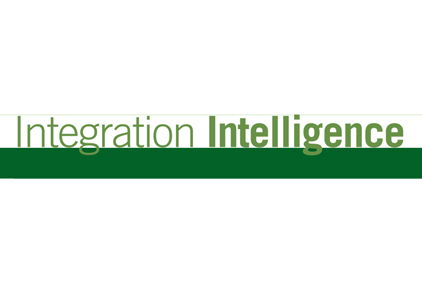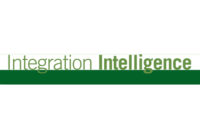Andy Grove, former chairman and founder of Intel Corporation, is a technology visionary and referred to a major market disruption as a “strategic inflection point” by calling it a “10x change,” meaning that the magnitude of the change is 10 times that of the changes that the business has been accustomed to. A strategic inflection point does not have to be a technology, but can represent a popular public consensus, like the green movement. It is interesting to note that this green revolution coincides with another 10x change called cloud computing. And collectively they are impacting security solutions.
Intel Corporation recently introduced the E5 family, a new generation of Xeon processors. This is a huge move for the company and industry. Aside from bringing superior performance to Intel-based servers and workstations, these new chip sets provide 50 percent better energy efficiency! Go Green.
These chips will keep data centers from overheating and control energy costs. This is an important advancement when you consider the huge growth expected in storage and server platforms over the next several decades. While cloud computing has been marketed for cost savings and security benefits, often overlooked is its value in protecting the environment by reducing energy costs.
In July 2011 the Carbon Disclosure Project, conducted a survey of approximately 2,600 domestic companies with more than $1 billion in annual revenues to determine electricity consumption. The results concluded that cloud computing will save $12.3 billion in energy costs and cut out 85.7 million metric tons of carbon dioxide emissions annually by 2020.
The report also states, “Companies plan to accelerate their adoption of cloud computing from 10 percent to 69 percent of their information technology spend by 2020. Many of the firms interviewed anticipated cost reductions as high as 40 to 50 percent.” Read more at www.cdproject.net/en-US/WhatWeDo/Pages/Cloud-Computing.aspx.
It is no wonder that security firms are moving toward the cloud and green technologies to deploy new and traditional security solutions. For example, outdoor lighting, which some surveys estimate can consume 20 percent of electricity usage, is moving toward solar LED installations on city streets. This is prevalent in many emerging markets. The installation cost is negligible, ongoing maintenance is practically zero, and the lifespan of LED lighting is upwards of 14 years.
From the aspect of perimeter security, infrared detectors are utilizing laser technology that incorporates receiver and transmitting equipment around a target location. This equipment is solar powered and can activate an alarm when the beam is broken to alert security personnel. No need for AC power or cabling.
From a video perspective, Sun Surveillance (www.sunsurveillance.com), a leader in wireless solar powered video, can deploy a monitoring system that transmits images up to 20 miles away. With a solar powered 5-day battery bank it integrates cameras from vendors like AXIS, Sony and Panasonic.
Bud Broomhead, Intransa chief executive officer, has thirty years of experience spanning the IT and physical security markets. His firm (www.intransa.com/company) has been a proven innovator in video platforms and management software, as well as an early advocate of green solutions.
Bud sums up the industry opportunity like this, “The beauty of cloud applications is they’re not only ‘green,’ but they’re scalable. They’re moving physical security applications out of the wiring closet into a more accessible, user-friendly realm and customers are reaping all kinds of benefits. The cloud allows physical security users to take advantage of a number of capabilities including ways to increase capacity and add capabilities on the fly without training new employees, licensing new software or building new infrastructure.”
The “Green Cloud” sounds like a strategic inflection point!








